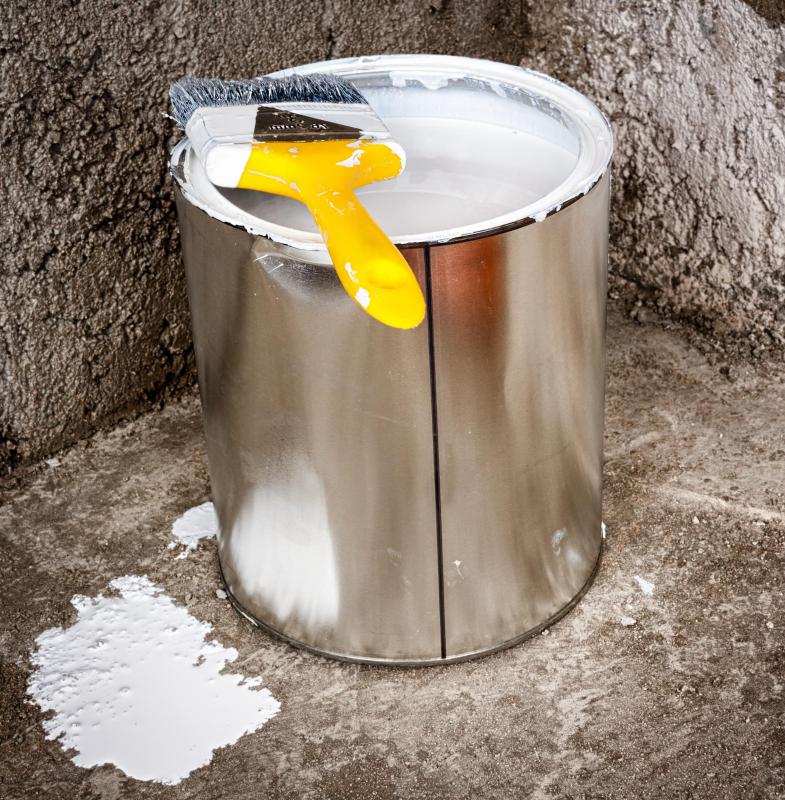At WiseGEEK, we're committed to delivering accurate, trustworthy information. Our expert-authored content is rigorously fact-checked and sourced from credible authorities. Discover how we uphold the highest standards in providing you with reliable knowledge.
What is a Masonry Sealant?
Masonry sealant keeps moisture from causing damage and mold growth by filling the voids covering the surface of the material. Two types of sealants are used to seal masonry product and each type plays an important role in ensuring moisture remains on the outside of an installed masonry material. Caulk is a type of masonry sealant that fills large voids between multiple pieces of installed masonry and acts like a buffer that allows the masonry product to expand and contact without cracking the hard material.
The surface of masonry products contains millions of cavities that allow water and chemicals to soak deep into the product. Moisture soaked in masonry products will cause the product to crack if the moisture freezes. In warmer climates, dangerous mold and mildew will form deep in the masonry.

The type of caulk used on a masonry product depends on the type of material and installation location of the product, whether it be indoors or outdoors. Outdoor masonry requires caulk that has an ultraviolet (UV) protectant. It should also be approved for high-moisture applications.
Painting is another factor in determining the type of caulk required for a given application. Some types of masonry caulk do not allow paint to bond to their cured surface. Paint on masonry sealant covers the surface of a masonry product and penetrates up to 4 inches (about 1 meter) beyond the surface of the material. As paint on sealers cure, it expands to fill in all cavities on the surface of the material.
These types of sealers are available tinted to provide a wide range of color choices for all types of masonry materials. Most sealers of this type are designed for a specific material type and area available with different sheen. The sheen of a masonry sealer relates to its glossiness when cured, and glossier types of sealers have an increased durability that makes them wear slower than duller sealers.
Even with proper application and cleaning, masonry sealant requires reapplication to keep water from seeping into the masonry product and causing damage. Wear and environment cause both sealer types to break down and lose their ability to protect the material. One definitive sign a masonry sealant is starting to fail is product peeling. As the product peels, water starts to penetrate the material, and a noticeable difference in color will be visible underneath the material. Users should allow the material to dry before removing and reapplying a sealer to prevent the moisture from causing more damage to the masonry.
AS FEATURED ON:
AS FEATURED ON:











Discuss this Article
Post your comments